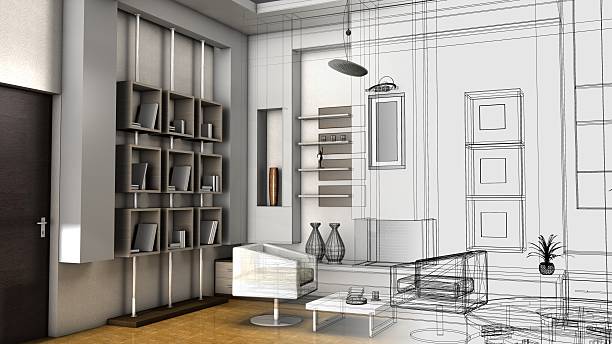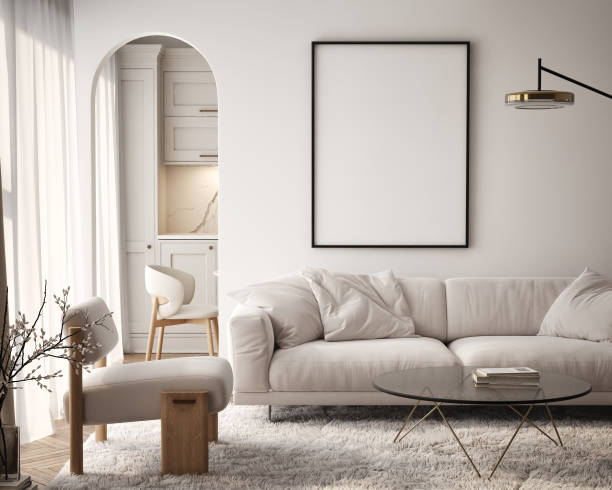Introduction
How long does it take to complete interior design school? is a popular question posed by prospective students. Pursuing a career in interior design can be both lucrative and demanding. Several variables, such as the kind of program, degree level, and personal objectives, can affect the response. This article examines the many interior design education options and provides an overview of the average length of each program.
1. Programs for Associate Degrees
Normally, obtaining an associate’s degree in interior design requires two years. The fundamental knowledge and abilities in design principles, color theory, space planning, and fundamental drafting techniques are intended to be imparted by these programs. Associate degrees might be a fantastic choice for people who want to enter the industry right away or for those who wanting to improve their abilities prior to going after a bachelor’s degree.
Associate degree holders may be able to secure entry-level jobs in retail settings, architecture businesses, interior design firms, or as space planners or design assistants.
2. Programs for Bachelor’s Degrees
The average time to earn a bachelor’s degree in interior design is four years. A more thorough program that explores advanced design concepts, construction codes, materials, and environmental practices is provided by this degree. In addition, students work on practical projects, complete internships, and build their portfolios—all activities that are essential for getting into the workforce.
A bachelor’s degree indicates a better level of experience and dedication to the industry, which is why many firms prefer to hire people with one. Graduates can work in a variety of fields, such as project management, interior design, or advisors.
3. Programs for Master’s Degrees
After earning a bachelor’s degree, a master’s degree in interior design usually needs one to two years of extra study for those looking to specialize further or advance in their employment. Advanced design theories, research techniques, and professional practice are the main topics of these degrees.
Possibilities for employment in academia, research, or high-level design projects can arise with a master’s degree. Additionally, it might give one a competitive advantage in the job market, especially for people aiming for leadership positions in connected companies or design firms.
4. Certification Courses
Certificate programs are available for those who want to specialize in a particular area of interior design or learn abilities rapidly. They typically take a few months to a year to complete. These courses concentrate on certain facets of interior design, such home design, sustainable design, or kitchen and bathroom design.
Professionals wishing to change careers or advance their education in another subject and enter the interior design field may find certificate programs useful.
5. Internet-Based Courses
Online interior design programs are now widely available from many educational institutions, and they can be as long as traditional programs. Online associate, bachelor’s, and certificate programs may allow for more flexible pacing, enabling students to complete their education at their convenience. The total time will still, however, correspond with the standard schedules mentioned above.
6. Ongoing Education
Since the area of interior design is constantly changing, many professionals decide to pursue continuing education to stay abreast of the latest developments in trends, technologies, and laws. Seminars, workshops, and other A designer’s knowledge can be enhanced by taking courses that offer significant insights and abilities.
Summary
The length of interior design school varies according to the degree level and program type. It normally takes two years to earn an associate’s degree, four years to earn a bachelor’s degree, and an extra year or two to earn a master’s degree. Shorter possibilities are available through certificate programs for individuals who want to specialize fast. The choice of school course ultimately comes down to personal circumstances, interests, and career ambitions. Aspiring interior designers can start their careers successfully and have a big impact on the design industry with the correct education and training.


